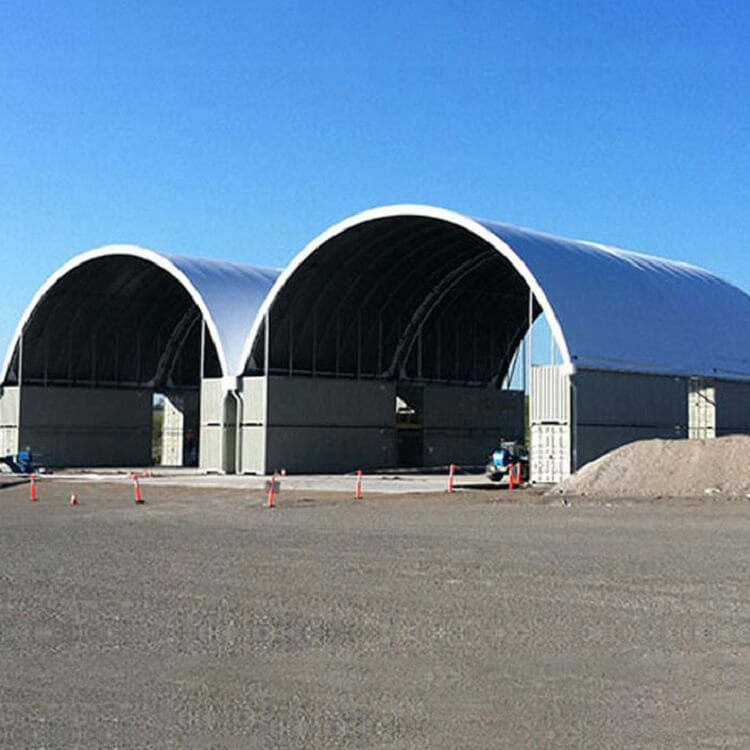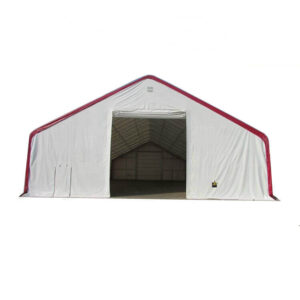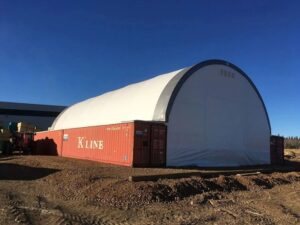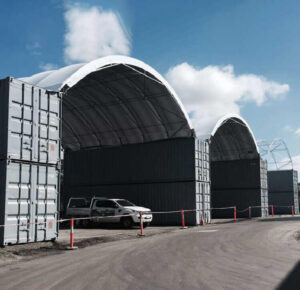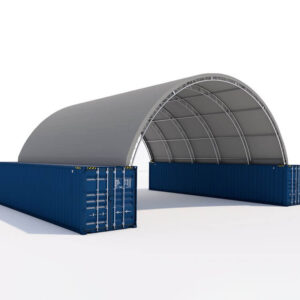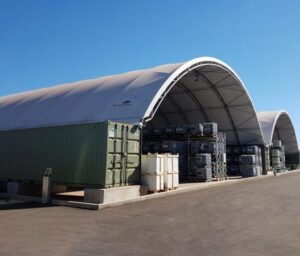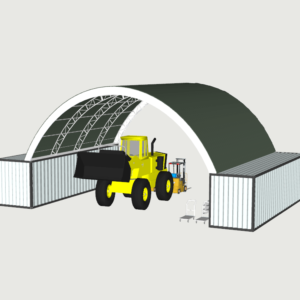Design Services
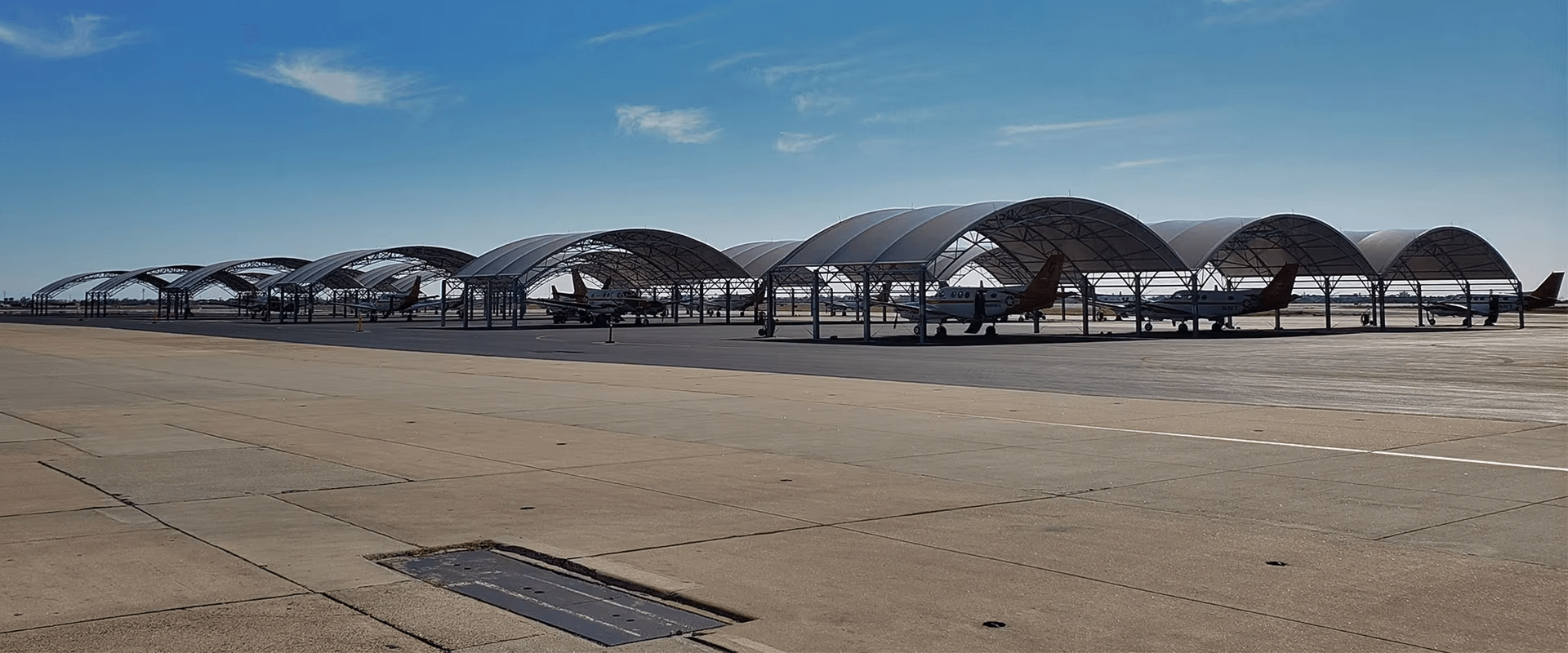
The potential and application of sea container shelters
Sea container shelters are a type of building solution based on the design of standard sea containers. As the global demand for sustainable construction, rapid deployment and cost-effective solutions increases, the potential of this form of shelter has received widespread attention. By studying its structural characteristics, material advantages and practical application areas, we can more fully understand the value and limitations of sea container shelters.
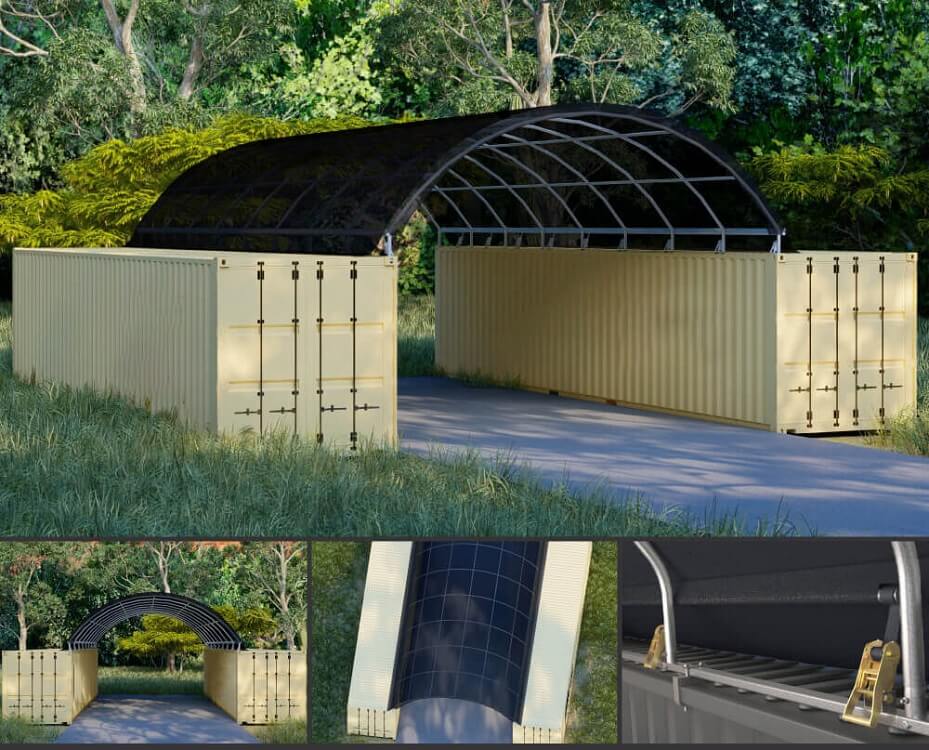
Core characteristics of sea container shelters
- (1). Modular structure
- Sea containers are well suited to modular construction needs due to their standardized design. They have fixed specifications (common sizes are 20 feet or 40 feet) and can be easily combined, stacked or rearranged. The modular feature facilitates rapid construction and reuse.
- (2). High durability
- Made of weathering steel (Corten Steel), containers are rust-resistant, corrosion-resistant and impact-resistant, and can maintain long-term structural stability in harsh environments. This makes them ideal for shelters exposed to marine climates or extreme conditions.
- (3). Convenience of transportation
- The original intention of the container was to facilitate transportation, so it can be easily transported to any place by truck, rail or sea, and can be quickly installed without complex loading and unloading equipment. This advantage makes it very suitable for special scenarios such as remote areas or post-disaster reconstruction.
Material and technical advantages
- (1). Characteristics of weathering steel
- Corrosion resistance: Weathering steel will form a protective oxide layer under the action of air and moisture, reducing the possibility of further corrosion.
- High load-bearing capacity: A single container can withstand a load of about 28 tons, and its top can support 6 similar containers stacked.
- (2). Structural flexibility
- The steel frame of the container is easy to cut, weld and reinforce, and users can add doors, windows, partitions or extension structures as needed without significantly reducing the overall strength.
- (3). Environmental protection and sustainability
- The construction process of the container shelter is more energy-efficient than traditional buildings, and the container itself is a recycled material, which reduces the consumption of new resources and meets the green building standards.
Practical application areas
- (1). Post-disaster reconstruction and emergency shelter
- Scenario characteristics: After a disaster such as an earthquake, flood or hurricane, there is an urgent need to quickly build shelters to provide habitats for the affected people.
- Advantages of containers: Strong structural stability and rapid deployment capabilities make them an ideal choice for post-disaster emergency response. Containers can be pre-installed with necessary living facilities such as beds, power systems and ventilation equipment.
- (2). Remote work and living space
- Scenario characteristics: Construction sites, scientific research bases or mining areas in remote areas often require temporary buildings to meet the living and working needs of employees.
- Advantages of containers: Container shelters can be easily transported to remote areas, are simple to build, and can be put into use quickly. In addition, their modular design is suitable for expansion or disassembly.
- (3). Agricultural and commercial use
- Scenario characteristics: Agricultural storage facilities, mobile markets or fast food restaurants require flexible and economical solutions.
- Advantages of containers: They can be easily converted into cold storage rooms, storage warehouses or small shops. The waterproof and windproof properties can also protect the goods inside.
- (4). Military and humanitarian rescue
- Scenario characteristics: Military field camps or rescue operations require durable and easily transportable shelters.
- Container advantages: Containers can be converted into dormitories, command centers or medical stations and can withstand harsh environments.
Challenges and limitations
- (1). Insulation and heat preservation issues
- The metal material of the container itself is highly conductive at extreme temperatures, easily overheating in summer and overcooling in winter. Therefore, container shelters require additional insulation treatment, such as adding insulation layers or installing air conditioning systems.
- (2). Limited internal space
- The internal width of standard 20-foot and 40-foot containers is usually 2.4 meters and the height is about 2.6 meters, so the space is relatively limited. If a larger space is required, a combination of multiple containers is usually required, which may increase the complexity of construction.
- (3). Corrosion resistance requires long-term maintenance
- Although weathering steel has certain anti-corrosion properties, containers still need regular maintenance in coastal areas with high humidity or high salt content, such as anti-rust paint or sealing treatment, to extend their service life.
- (4). Complexity of structural modification
- Although containers can be cut and welded, this requires professional tools and techniques. If the structure is not modified properly, it may affect the overall strength and even cause safety problems.
Future development and innovation direction
- (1). Smart container shelters
- With the popularization of the Internet of Things and smart technology, smart home systems, remote monitoring and energy management functions can be integrated into container shelters to make them more adaptable to modern needs.
- (2). Application of new materials
- Lightweight materials: By using composite materials or improving steel formulas, the weight of containers can be further reduced and transportation efficiency can be improved.
- High-efficiency insulation materials: Research and apply more efficient insulation materials to reduce energy consumption and improve living comfort.
- (3). Sustainable energy integration
- Installing solar panels, wind turbines or rainwater recycling systems in container shelters can achieve energy self-sufficiency, which is particularly suitable for remote areas or extreme environments.
- (4). Modular multifunctional system
- Future designs can be more modular, such as adjusting functions by quickly replacing container modules (such as switching from warehouse to dormitory).
Sea container shelters have shown great potential in a variety of application scenarios due to their durability, economical practicality and rapid deployment. However, in the face of problems such as insulation, space limitations and maintenance requirements, their performance must be further improved through technological innovation and design optimization. As the world’s attention to sustainable buildings and solutions to emergency needs continues to deepen, shipping container shelters will surely occupy a more important position in the future construction field.
